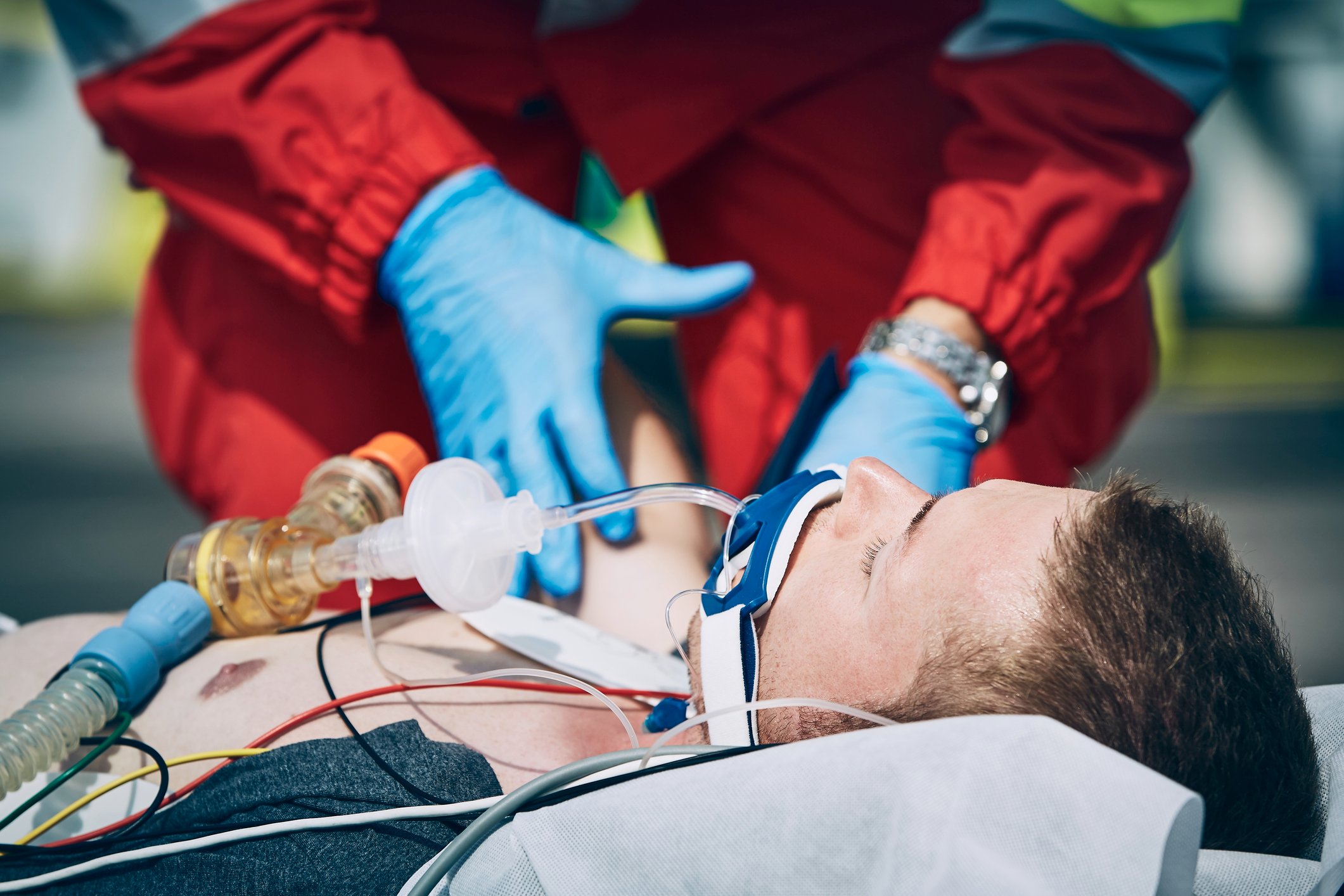
Seizures are a common emergency. First responders frequently encounter febrile seizures in children, epileptic seizures, and seizures due to brain anomalies such as dementia or brain lesions. In most cases, the seizure itself is not dangerous, but the medical condition that caused it may be.
Moreover, complications from seizures, such as falls and vomiting that causes aspiration, may warrant emergency care. Not all seizure patients need airway management, especially if they are breathing fine on their own, but here’s what you need to know to maintain a patent airway and give exceptional care to seizure patients.
When Is a Seizure an Emergency?
Most people call 911 or seek emergency care following a first seizure or a particularly long seizure, but a seizure is not always an emergency. Most seizures resolve on their own within one-to-two minutes, and there are no level A- or level B-quality evidentiary guidelines for treating these seizures.
When arriving at the scene of a seizure, information-gathering is key, including:
- What happened leading up to the seizure?
- Are there signs of an overdose or head injury that might have caused the seizure?
- Are there secondary injuries, such as a head wound or injured teeth, that warrant transport?
- Could the seizure be a sign of an underlying disease process, or does the person have a history of seizures?
- Is this a first seizure for a child?
Airway Suction Considerations for Seizures
First responders do not need to routinely suction the airways of people having seizures, even if the seizure is especially protracted. Instead, use bag-valve ventilation for hypoventilation, and place the patient in a comfortable position that protects the airway. First responders should only suction the airway if it is occluded. This may happen if:
- A person begins vomiting and aspirates.
- A person chokes while eating during a seizure.
- Physical trauma causes the seizure and occludes the airway.
Other Seizure Interventions
Some other interventions that may prevent serious complications in patients following a seizure include:
- Check blood glucose levels in patients with diabetes or those suspected to have blood glucose issues.
- Monitor pulse oxygen and provide nasal cannula oxygen as indicated.
- Help the patient remain in a safe position that protects the airway.
- Use bag-valve mask ventilation for patients with ongoing respiratory depression.
- Administer anti-seizure medications for prolonged or complicated seizures or in patients at risk of serious complications.
- Examine the patient for seizure-related injuries such as head injuries or broken teeth.
- Monitor for signs of depressed breathing or changes in consciousness.
Note that most seizures do not cause serious complications or lingering effects. However, a person experiencing a seizure for the first time or a seizure that deviates from their usual seizure pattern needs to be transported for further evaluation.
Special Seizure Considerations During COVID
Numerous emergency interventions increase the risk of exposure to COVID-19. Giving supplemental oxygen, suctioning patients, and any procedure that generates aerosols are among them. First responders should only use interventions that are absolutely necessary and for which there is clear evidence, especially during a pandemic.
Remember that fevers are a common trigger for seizures in pediatric populations, and that a fever may also be a sign of COVID infection. Practice aggressive hygiene and treat all patients as if they are COVID-positive, using appropriate protective equipment and encouraging bystanders to maintain their distance.
Whether a patient needs to be suctioned or not, having the right tools on hand enables you to promptly tend to their needs if their condition deteriorates. Particularly in the case of a prolonged seizure, the airway may collapse suddenly, or vomiting may make breathing impossible. The right portable machine ensures you can treat patients promptly without moving them and delaying care. For help selecting the right suction machine for your agency, download our free guide, The Ultimate Guide to Purchasing a Portable Emergency Suction Device.
Editor's Note: This blog was originally published in September 2020. It has been re-published with additional up to date content.















